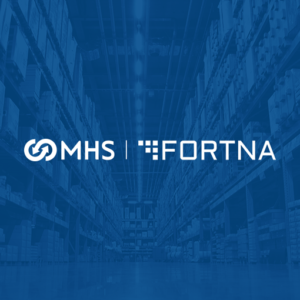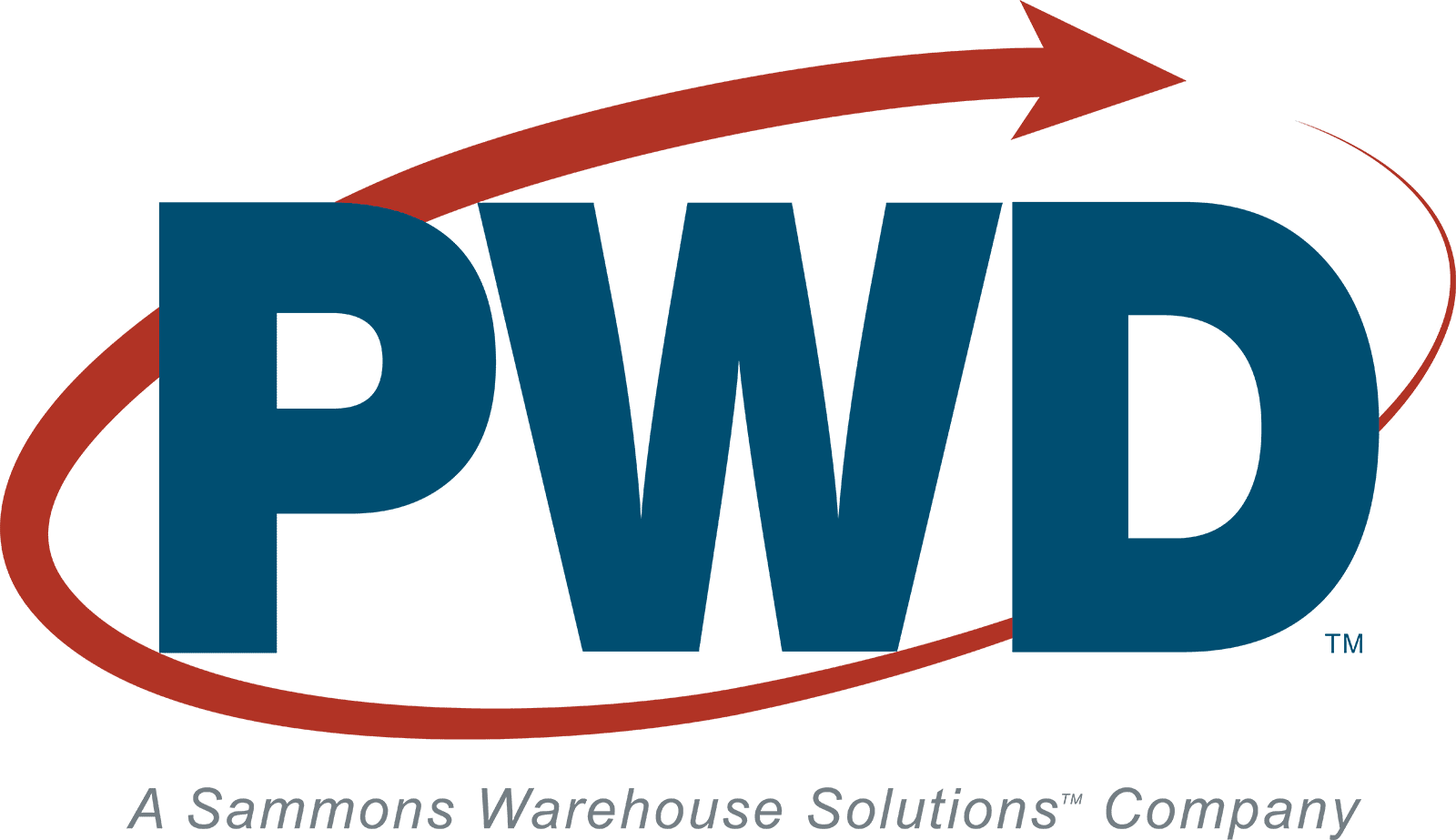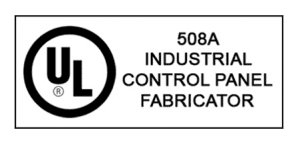Automated Industrial Conveyor Systems
Introduction to Conveyor Systems
Conveyor Systems are the backbone of modern warehouses, ensuring the efficient movement of goods and optimizing workflow. With a plethora of conveyor types available, each tailored for specific tasks and industries, understanding each type’s unique features is paramount. This comprehensive guide delves into the world of conveyor systems, shedding light on their applications and benefits.
The Evolution of Conveyor Systems
From the rudimentary belt systems of the early 20th century to today’s advanced automated solutions, conveyor systems have undergone significant transformations. As industries evolved, so did the need for faster, more efficient, and adaptable conveyor solutions. Today, they are not just tools for moving goods but are integral to a warehouse’s overall productivity and efficiency.
Optimize Your Warehouse with Advanced Conveyor Systems
In today’s fast-paced logistics environment, efficient material handling is crucial. Precision Warehouse Design offers independent recommendations on the best type of conveyor systems for your business. We partner with state-of-the-art brands including Hytrol, Roach Conveyors, Transnorm, FMH, TGW, MHS, Eurosort and Fortna.
Work with experienced engineers and project consultants; ready to customize, install, integrate and program any conveyor system. Benefit from streamlined warehouse operations, enhanced accuracy, and productivity gains by working with Precision Warehouse Design.
TRANSPORT CONVEYOR SOLUTIONS AND BENEFITS
We offer an extensive range of conveyor systems designed to meet diverse operational needs to keep material flowing through your facility:
Each system is customizable to fit your specific warehouse requirements.
ACCUMULATION CONVEYOR SYSTEMS
We offer accumulation conveyor systems for buffering and controlling the flow of products through your facility. They allow items to be temporarily held without pressure buildup, ensuring smoother transitions between various stages of the material handling process.
TYPES OF ACCUMULATION CONVEYORS WE OFFER
We Partner with Leading Conveyor System Brands












Request a Virtual Quote from Material Handling Engineers
Headquartered in Dallas, Precision Warehouse Design has sales engineers in major logistic & fulfillment hubs around the country. We are leaders in material handling for projects all over the United States and Canada. Book a virtual quote or onsite meeting at your manufacturing facility, warehouse or fulfillment center.
FAQs on Conveyor Systems
What are the different types of warehouse conveyor systems?
We offer a wide range of conveyor systems, including vertical reciprocating conveyors, spiral conveyors, sortation conveyors, power roller conveyors, line shaft driven conveyors, gravity conveyors, flexible conveyors, chain driven live roller conveyors, belt driven live roller conveyors, belt conveyors, and accumulation conveyors.
How do vertical reciprocating conveyors enhance warehouse operations?
Vertical Reciprocating Conveyors (VRCs) enhance warehouse operations by providing an efficient and safe method of moving materials vertically between levels. This can significantly improve the speed and efficiency of warehouse operations, particularly in multi-story facilities.
What are the benefits of using spiral conveyors in a warehouse?
Spiral Conveyors are particularly beneficial in warehouses with limited floor space. They provide continuous vertical transport, allowing for the efficient movement of goods between different levels of the warehouse. They also have a high capacity, making them suitable for high-volume operations.
How do sortation and power roller conveyors improve warehouse efficiency?
Sortation Conveyors improve warehouse efficiency by automatically sorting and directing products to specific destinations, reducing the need for manual sorting. Power Roller Conveyors, on the other hand, are versatile and can handle a wide range of products, making them suitable for various applications and improving overall operational efficiency.
What are the applications of line shaft driven conveyors in a warehouse?
Line Shaft Driven Conveyors are typically used for transporting light to medium loads. They are easy to install and maintain, making them a cost-effective solution for many warehouses. They can be used in a variety of applications, including order picking, packaging lines, and assembly operations.
How do gravity conveyors and flexible conveyors enhance warehouse operations?
Gravity Conveyors use the force of gravity to transport items, reducing the need for power and providing a simple and economical solution for moving products. Flexible Conveyors, on the other hand, can be expanded, contracted, and maneuvered to fit into any space, providing a versatile solution for warehouses with changing needs.
What is the purpose of chain driven live roller and belt driven live roller conveyors in a warehouse?
Chain Driven Live Roller Conveyors are ideal for transporting heavy loads and are robust and durable. Belt Driven Live Roller Conveyors offer smooth and controlled transportation and are suitable for transporting a variety of products. Both types of conveyors can significantly improve the efficiency of warehouse operations.
How do belt conveyors and accumulation conveyors improve warehouse operations?
Belt Conveyors provide a reliable and efficient solution for transporting goods and can handle a variety of product sizes, improving the versatility of warehouse operations. Accumulation Conveyors hold products until they are ready to be transported, which can help to optimize the flow of goods and improve the efficiency of automated systems.

